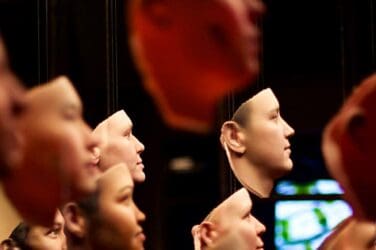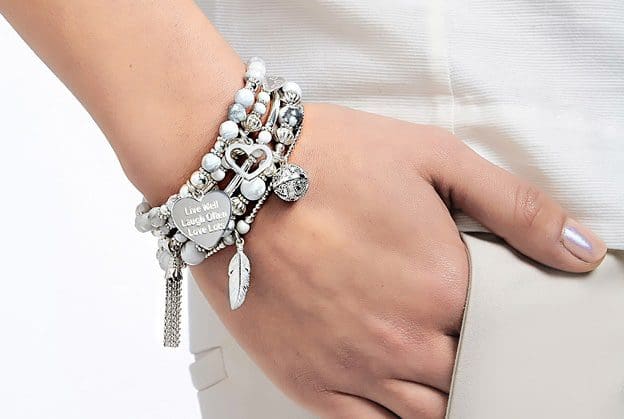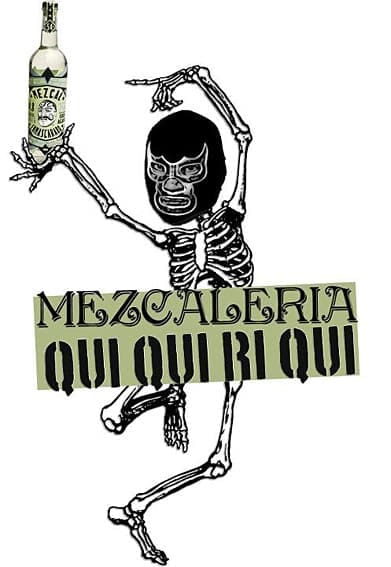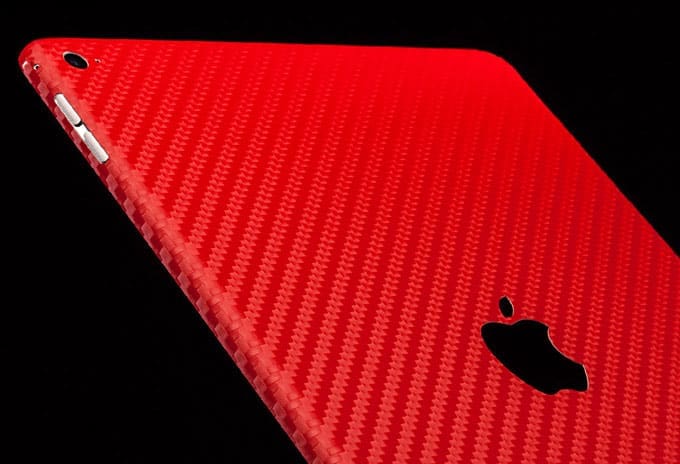words Al Woods
The Air Jordan 1 was the first-ever signature sneaker designed. Nike released the first Air Jordans on the 1st of April, 1985. The shoe was to sell for between $100,000 and $150,000 in the auction.
However, it made a record sale of $560,000 in the online auction. The Jordan 1 was created for Hall of Fame basketball player and six-time NBA Finals MVP Michael Jordan while playing with the Chicago Bulls.
As the shoes grew successful, counterfeit copies of the shoes were produced and inflated the sneaker market lately. Many who didn’t acquire the skills to differentiate original Jordan 1 shoes from the counterfeit ones ended up falling into the trap. Although there is no exact number of Jordan 1 shoes produced, below are some of the ways on how to distinguish between an original Air Jordan and a counterfeit copy of them:
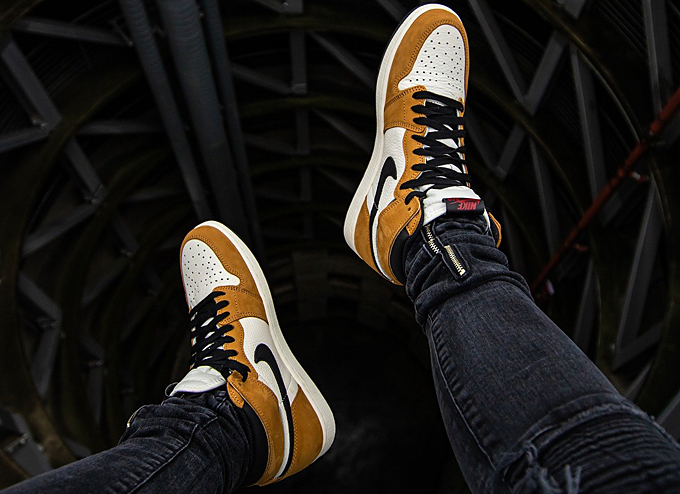
Pricing
When buying a Jordan 1 shoe, a customer should expect Jordan 1 pricing on its tag. It means that an underpriced shoe is likely to be of low quality, counterfeit, or even illegally smuggled-in. If the shoe’s price is too good to be true, then the shoe quality is too good to be original. It is important to note that just because shoes sold are termed ”slightly used” doesn’t mean they are authentic.
The founder of Shapiro Negotiations Institute explains, “In sales negotiation, understanding the pricing of a product like the Jordan 1 is crucial. If the price seems too low, it’s often a red flag that the item may be counterfeit or of low quality. Always be cautious of deals that seem too good to be true.”
The Logo
The Air Jordan wing logo on the original Jordan 1 shoes is usually embossed a little deeper into the leather. Unlike the counterfeit shoes whose logo gets imprinted on the leather of the shoe. At times, the logo to the fake Jordan 1 tends to wipe off after several washes. Therefore, it takes thorough keenness for a customer to purchase quality and original shoes worth their hard-earned cash.
The genuine Jordan 1 shoes do not have any stitching guides to help the stitchers locate the panels during assembly. However, the fake Jordan 1 has these little assembly guides. A useful distinction between the original Jordan 1 shoes with the fake ones is by the number of stitch lines used in the shoe’s assembling. Genuine Jordan 1 shoes have two stitch lines, unlike the fake ones, which at most times have only one stitch line.
The Heel Strap Stitching
The Air Jordan 1 has a tiny heel tab covering the quarter panel’s back seams and the Swoosh. The back tab is visible on the real Jordan 1. It has two stitch lines as the quarter top lines cross over. Also, the black thread contrasts with the grey leather. On the fake Jordan 1, a single stitch line crosses the tab, and they used black thread on black leather.
The stitching on the fake matches the leather instead of contrasting it with the leather. Centering guides on the leather parts of the fake Jordan 1 are visible, whereas the original Jordan does not show any assembly guides. The “K” on the real Jordan 1 logo touches the swoosh. The counterfeit ones do not touch the swoosh at any point.
The Outsole Logo
Although strange, the outsole of the original Jordan 1 has two trademark logos, unlike those of the fake Jordan 1 shoes, which have no trademark logos at all. On the backside of the woven logo label, the trademark information is available in English and French. The fake has the wrong lettering style, and the tag stitched crookedly, a sure sign of poor shoemaking. If closely inspected, the Nike logo on the outsole of the fake artwork is visible, for it appears wrong. One of the features of the fake shoes being the width of the letters is too narrow. An obvious mistake being the “K” of the fake Nike logo is not touching the Swoosh tail. Additionally, when looking closely at the tread patterns, the fake tread has visible glossy spaces between the tread features.
The Jumpman-size tag
Inside the Jordan 1 shoe, one will see the size label with the Jordan Jump man logo. The counterfeit shoe has the tag welded to the back of the tongue, whereas the real Jordan 1 has the tag sewn down on the inside.
The tongue lace keeper
Although negligible, they are one of the most efficient ways of distinguishing original from fake shoes. The first Air Jordans had simple cuts in the tongue fabric to act as the lace keeper. This construction looks pretty cheap for a top-notch basketball shoe, but this is how the original was made. The counterfeit Nike has a small piece of fabric added as the lace keeper in place of the simple cut.




